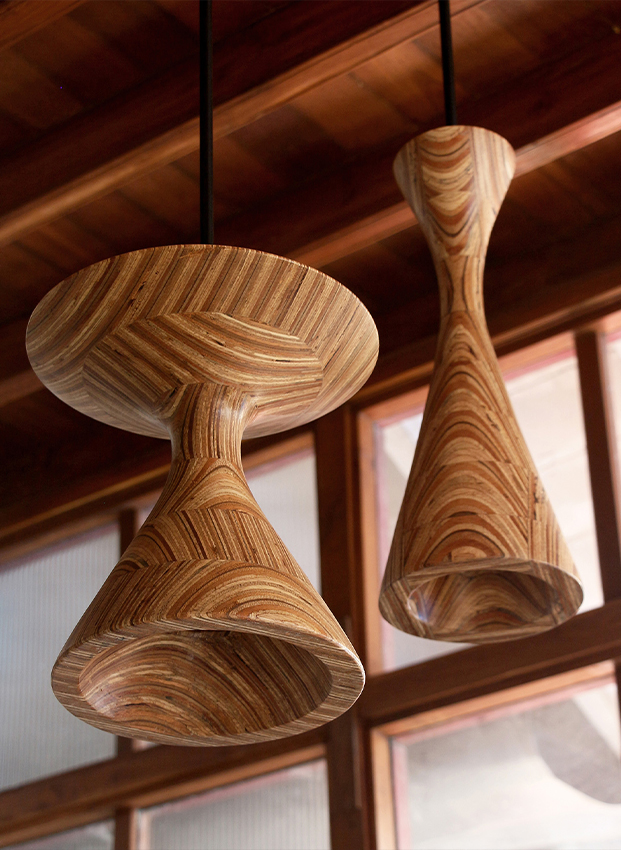Award-winning architect Vinu Daniel’s passion for sustainable and cost-effective architecture has garnered global recognition. He founded ‘Wallmakers’ in 2007, a Kochi-based firm known for their imaginative applications of mud and waste materials as the chief components of their projects. We talk to Vinu about his architectural practice that is structured around sustainable living. Here are a few excerpts from the conversation –
Design Pataki – Are you working with any new eco-friendly materials and methods?
Vinu Daniel – We’ve been experimenting with mud and waste for the past 15-16 years. Now, since the past 1- 2 years we’ve been focusing on waste tyres. For us, they’re the final product of sustainable construction. Tyres have been discarded in mass and are a growing menace. They’re a massive pollutant and are also accumulating in bulk. Unfortunately, India also imports other countries’ waste. Methods of tyre cleansing are highly energy intensive, and aren’t eco friendly. But, we’ve discovered that tyres are a fantastic building material! They’re aiding in construction and thermal efficiency. You fill it with mud, (without even having to stabilize it), hammer it, and coat it with plaster. We’re trying to make arches, domes, and walls with tyres!
Design Pataki – Can you talk about architects that have influenced you?
Vinu Daniel – When people tell me “you’re doing something so different”, I say, “no, there have always been innovators.” One such innovator is Laurie Baker. He has literally paved the way for many of us South Indians to understand that material capabilities and material textures are things we can all explore. He was the flagbearer of innovative construction, and people like me are climbing the ladder he built. And given today’s climate crisis, innovativeness is a necessity.
Design Pataki – You’d talked once in an interview about how you literally worked alongside your masons. Could you tell us more about that?
Vinu Daniel – I tried to be a paper pusher, but one time, it turned out my workers didn’t know how to make mud mortar! They said they only ever worked with fire bricks. Then, I had to get my hands dirty, and that was not a part of the original plan. But, the biggest positive in that engagement was that I started learning a lot about the material I was working with. I also started to understand what camaraderie with my mason is. It’s not just a cash transfer relationship that should exist with your mason. It should be more like a teacher-student relationship. Sometimes you are the teacher, but other times they are the teacher! They’ll tell you – Anna, this doesn’t work, can I try something else? And it’s wonderful to go to a site and be involved with such people.






















